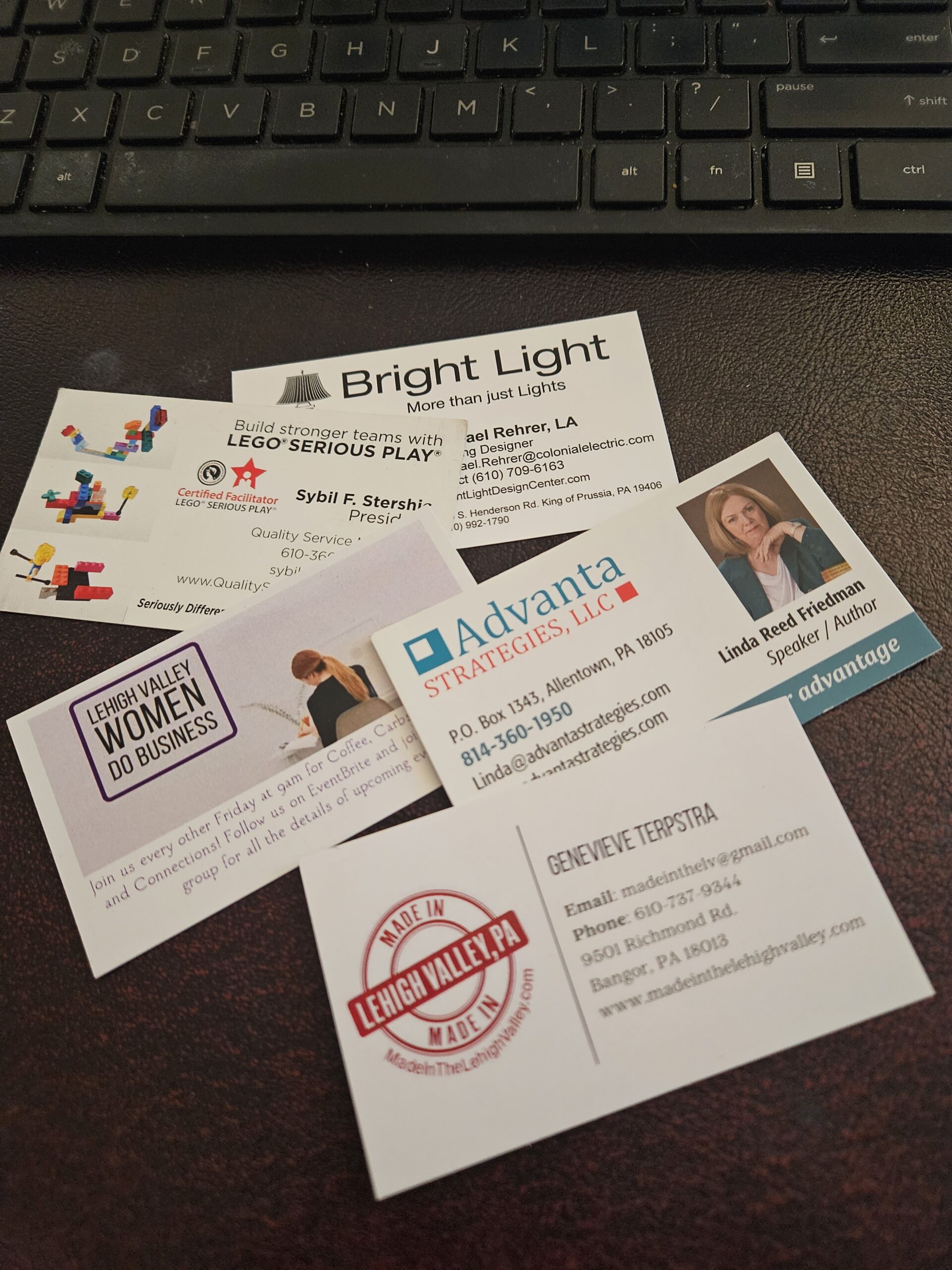Envisioning Possibilities
Relationships
At the location on the Bagua board, relationships are personal, intimate, and passionate, my vision board I had a hole.
My 52-year-long relationship with a marvelous man died when he did. I discovered that having a husband who was also my best friend did not leave a space for many others and years of walking with Alzheimer’s scared many of our old friends away. What was there to talk about with a friend who no longer recognized you, let alone talk about a mutual topic? My world became smaller, limited to a great daughter and a mentally missing husband.
I needed to find friends, and still do. Here is a suggested list from AI on how to turn strangers into friends. It’s a good one. I am grateful.
Turning strangers into friends is like crafting a masterpiece, requiring patience, creativity, and genuine care. Here are some tried-and-true methods:
Initiate Conversation:
Break the ice with a warm smile and a friendly greeting. A simple “hello” can open the door to a meaningful connection.
Find Common Ground:
Look for shared interests, experiences, or even a mutual location. Bonding over something familiar creates an instant sense of camaraderie.
Listen Actively
Show genuine interest in the other person’s story. Listen attentively, ask follow-up questions, and validate their experiences.
Offer Help or Support
Extend a helping hand or offer support when needed. Kindness strengthens bonds and demonstrates your willingness to be a reliable friend.
Be Authentic
Be true to yourself and let your personality shine. Authenticity is magnetic and attracts like-minded souls.
Be Patient
Building meaningful connections takes time. Be patient and allow the friendship to unfold naturally.
How Humor Can Lighten the Room
A smile can make your design pitch twice as memorable. Humor, when done right, isn’t about being a comedian it’s about being human. A little laughter reminds everyone that design is supposed to bring joy, not stress. So the next time you walk into a presentation, bring your sense of humor along with your fabric swatches. You’ll leave behind not only a beautiful concept but also a positive impression.
Creating Connection: The overlooked power of eye contact
Eye contact is the designer’s secret to presence. It’s what transforms a presentation from mechanical to magnetic. Slides may show your ideas, but your eyes show your confidence and that’s what clients and audiences remember most.
Why Every Designer Should Practice Their Speech
In design, presentation is persuasion. When you practice speaking as much as sketching, you build trust, authority, and excitement around your ideas. A polished pitch can make the difference between a “maybe” and a “let’s do it.” Remember your voice is part of your professional toolkit. Use it well, and let it sell your vision as powerfully as your designs do.
NETWORKING …. WHAT HAPPENS AFTER
Networking is more about follow-up than first impressions.
Sound as Good as You Look
Trade shows can showcase your talent and brand but shouldn’t cost you your voice.
The Designer’s Elevator Pitch:
If you can’t explain your vision in a minute, you’ll lose the moment. In the world of design, opportunities often appear unexpectedly,a quick chat at a showroom, a brief meeting at a networking event, or a chance encounter with a potential...








These are promising ideas. I can only imagine what it must have been like to have a loved one and Alzheimer’s. Yet I agree — there is always someone we are yet to meet!